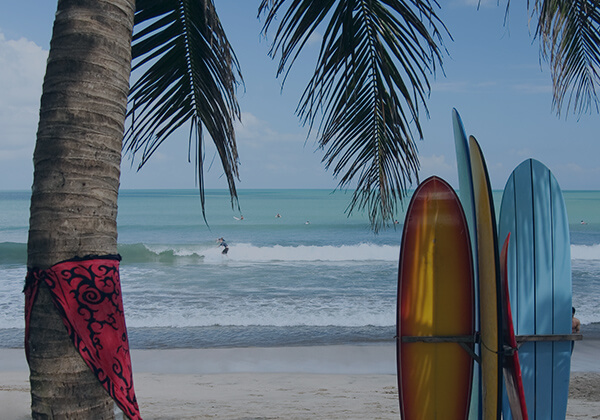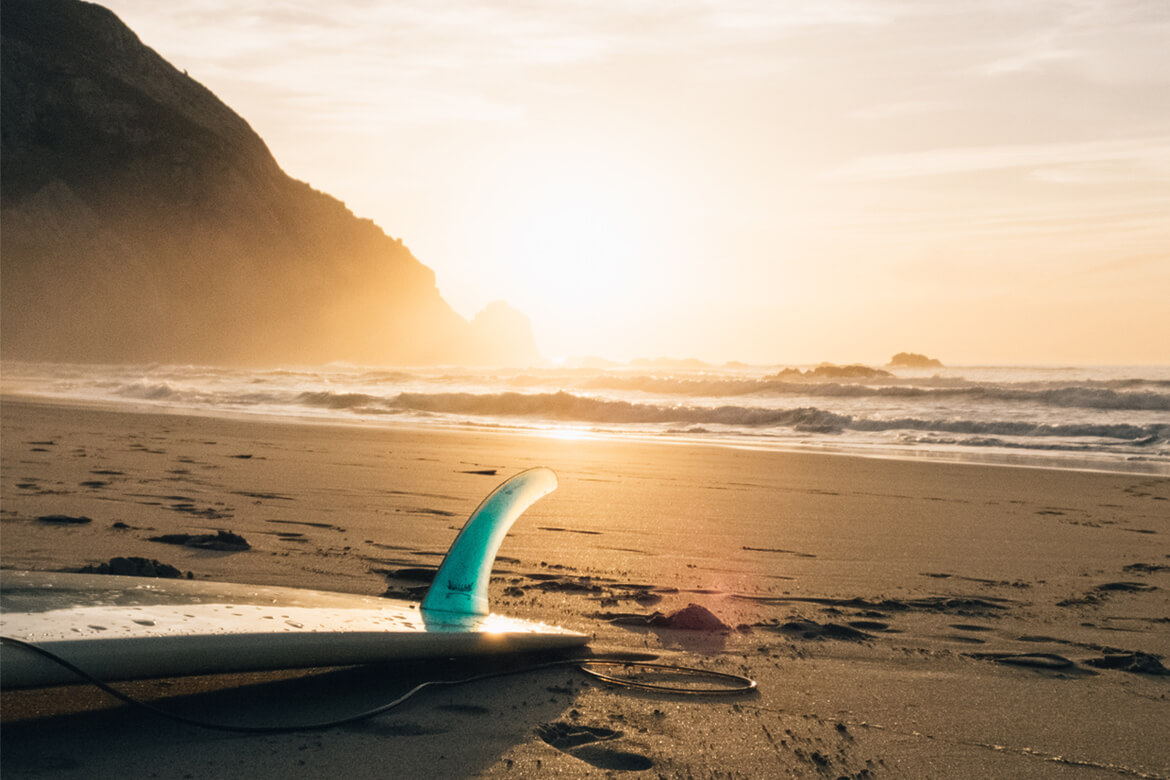Keeping Our Oceans Pristine: A Collective Voyage Towards a Healthier Blue Planet
The vast, cerulean expanse of the ocean, teeming with life and mystery, faces a growing threat: pollution. Plastic debris chokes marine animals, oil spills suffocate ecosystems, and harmful chemicals disrupt delicate balances. But amidst this daunting reality, there’s hope. Just as the ocean connects all corners of the Earth, so too can our collective actions create a wave of positive change.
Individual Responsibility: Tiny Ripples, Big Impact
- Reduce, Reuse, Rethink: Embrace the mantra! Minimize single-use plastics, opt for reusable alternatives like shopping bags and water bottles, and choose products with minimal packaging. Remember, every plastic straw or bag avoided is a victory for the ocean.
- Be a mindful consumer: Look for sustainable seafood options, those certified by organizations like the Marine Stewardship Council. This helps combat overfishing and protects crucial marine ecosystems.
- Clean Coasts, Clean Seas: Organize or participate in beach cleanups. Every piece of trash removed is a potential hazard neutralized for marine life.
- Spread the Wave: Educate others about the importance of ocean health. Share information, encourage sustainable practices, and inspire collective action.
Collective Action: From Ripples to Tidal Waves
- Support ocean conservation organizations: Donate or volunteer your time to groups actively working to protect our oceans. Their efforts range from research and advocacy to cleaning up plastic gyres and restoring critical habitats.
- Push for policy change: Advocate for stricter regulations on pollution, support sustainable fishing practices, and urge your elected officials to prioritize ocean health.
- Embrace innovation: Encourage and support development of new technologies for cleaning up existing plastic pollution and preventing future waste from entering the oceans.
Remember, even the smallest actions can have a ripple effect. By making conscious choices, raising awareness, and joining forces, we can turn the tide on ocean pollution and ensure the health of this vital ecosystem for generations to come. Let’s embark on this collective voyage together, navigating towards a future where our oceans teem with life and beauty, reminding us of the interconnectedness of our planet and the power of collective action.
Here are some additional resources to empower your ocean-saving journey:
- National Oceanic and Atmospheric Administration (NOAA): [https://oceanservice.noaa.gov/]
- The Ocean Conservancy: [https://oceanconservancy.org/]
- Greenpeace: [https://www.greenpeace.org/usa/oceans/]
- Plastic Pollution Coalition: [https://www.plasticpollutioncoalition.org/]
Together, we can keep our oceans clean and their future bright!
Read MoreTailfins, Toeside, and Turning: Deciphering the Dance of Your Surfboard
For every surfer, understanding the intricate relationship between surfboard design and performance is key to unlocking their true potential on the wave. Three crucial elements play a vital role in this dance: surfboard tails, backfoot positioning, and the subtle angle of your fins. Let’s dive into this dynamic trio and see how they affect your ride.
Tail Tales: Shaping Your Surfing Destiny
The surfboard tail is like the rudder of your ship, dictating how your board reacts and releases energy. Different tail shapes offer unique advantages:
- Round tails: Flowy and forgiving, ideal for smooth turns and small waves.
- Squash tails: More bite and drive, excellent for generating speed and power.
- Pin tails: Super responsive and maneuverable, perfect for tight turns and advanced maneuvers.
Choosing the right tail comes down to your surfing style, wave conditions, and desired performance. Remember, a wider tail provides more stability, while a narrower one offers quicker responsiveness.
Finding Your Footwork Flow: The Backfoot Shuffle
Where you plant your back foot significantly impacts how your board performs. Here’s a breakdown:
- Front of the pad: Ideal for relaxed cruising and drawn-out turns.
- Center of the pad: The sweet spot for most maneuvers, offering a balance of control and maneuverability.
- Back of the pad: Maximum leverage for tight turns and radical maneuvers.
Remember, this is just a guide. Experiment and find what feels most comfortable and effective for your surfing style.
The Unsung Hero: Outward Fins and Their Secret Angle
Most fins aren’t perfectly aligned with the stringer. They often have a slight “toe-in” or “toe-out” angle. This seemingly small detail plays a big role:
- Toe-in fins: Enhance stability and drive, ideal for beginners and small waves.
- Toe-out fins: Loosen up the board, making it more responsive and maneuverable, perfect for bigger waves and aggressive maneuvers.
Finding the right fin angle involves personal preference and wave conditions. More toe-out equals looser turns, while more toe-in offers better tracking and hold.
The Takeaway: A Symphony of Surfing Elements
Surfboard tails, backfoot positioning, and fin angles are like the instruments in an orchestra. Each plays its own role, but it’s their harmonious interplay that creates the beautiful music of your surfing.
Remember, there’s no “one size fits all” solution. Experiment, find what works for you, and express your unique surfing style on the wave!
Bonus Tip: Check out online resources and consult experienced surfers for further guidance on tailoring your surfboard setup to maximize your performance.
Now, go forth and shred with newfound knowledge!
Read MoreClassic Mistakes of Beginner Surfers
Surfing is an addictive sport, no doubt about it. Once you get the feeling of riding your first waves, you’ll want more and more. The problem is that it’s not an easy sport to learn. So many things are involved besides the simple act of surfing. We all depend on swells, winds, tides, crowds, etc. Then, when all the conditions are there, when it looks…
Read More


